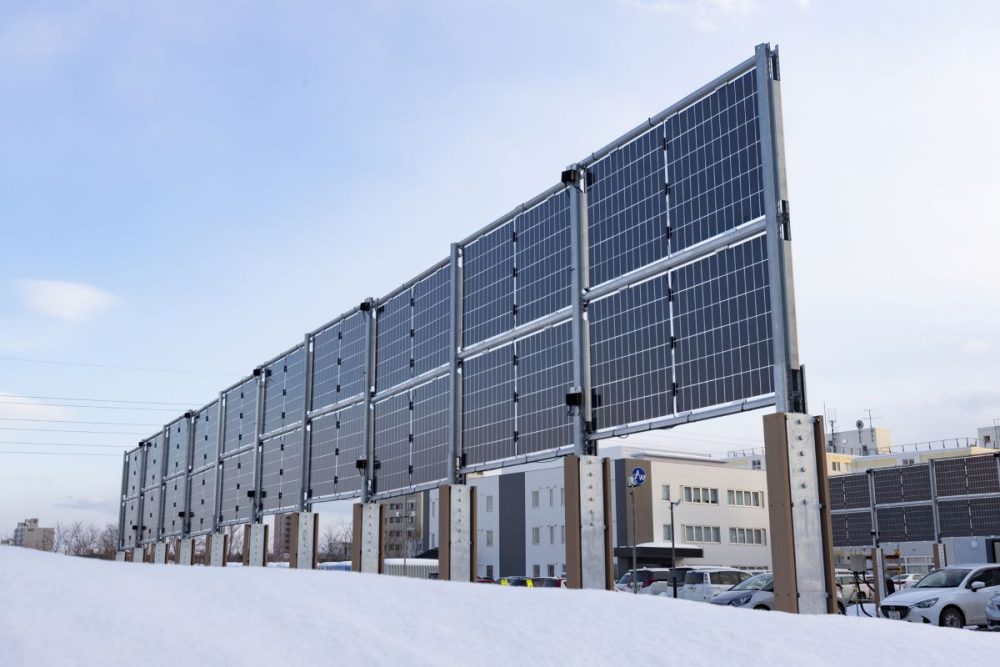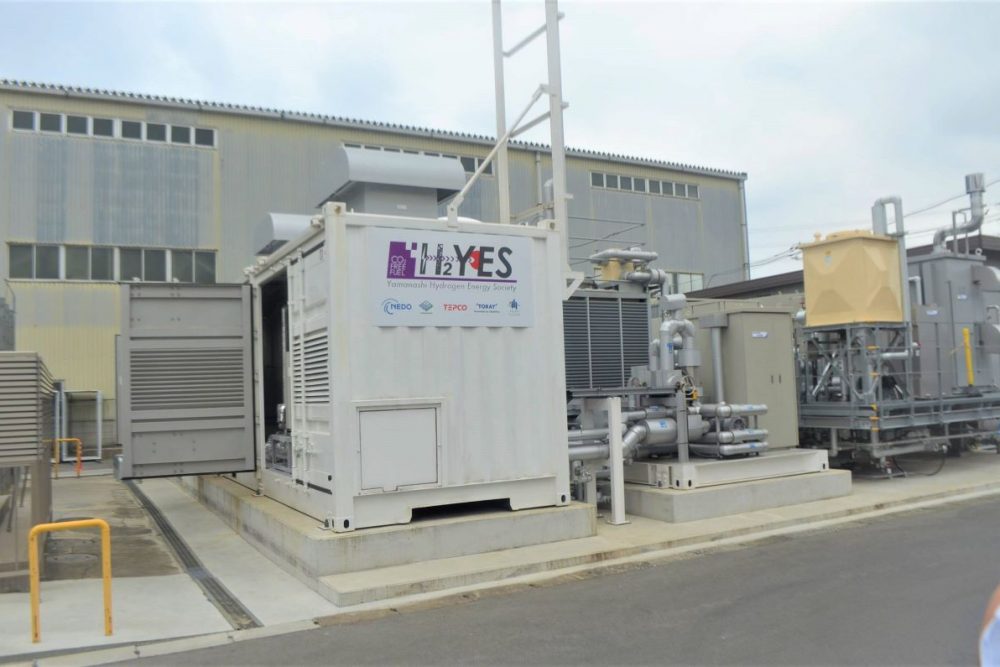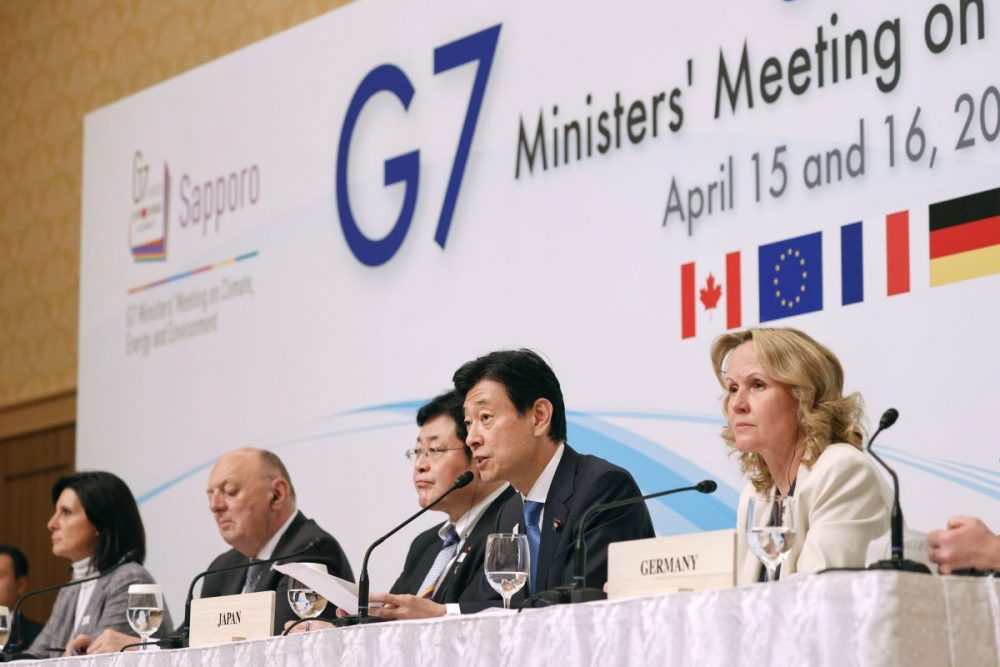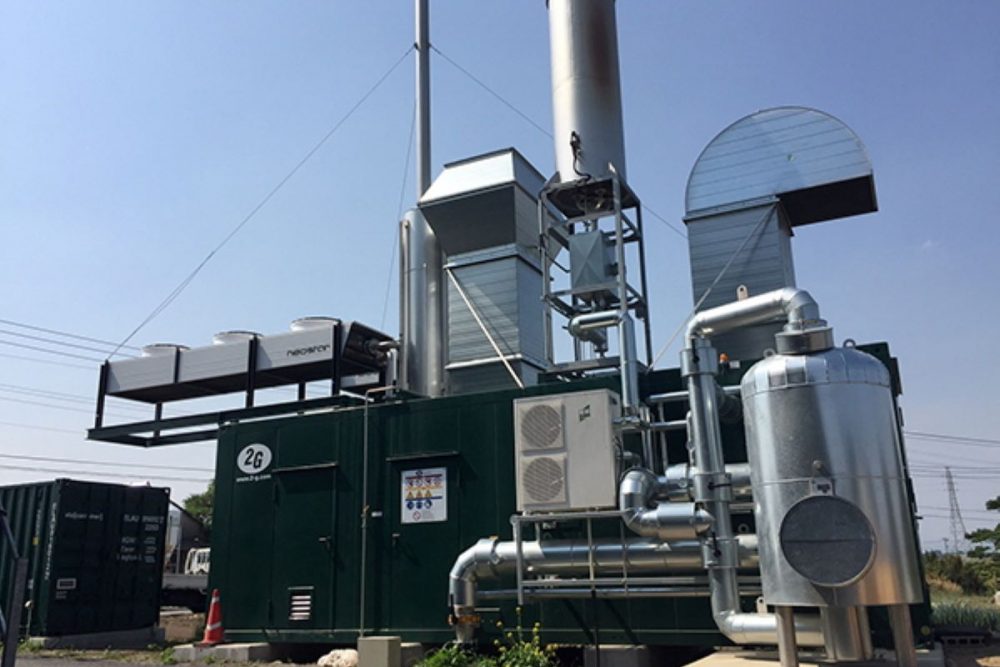G7 on the Environment: Clean Energy and Resilient Supply Chains
What are the G7 outcomes for the climate, and what should we expect in the coming months? We highlight some of the main points below.
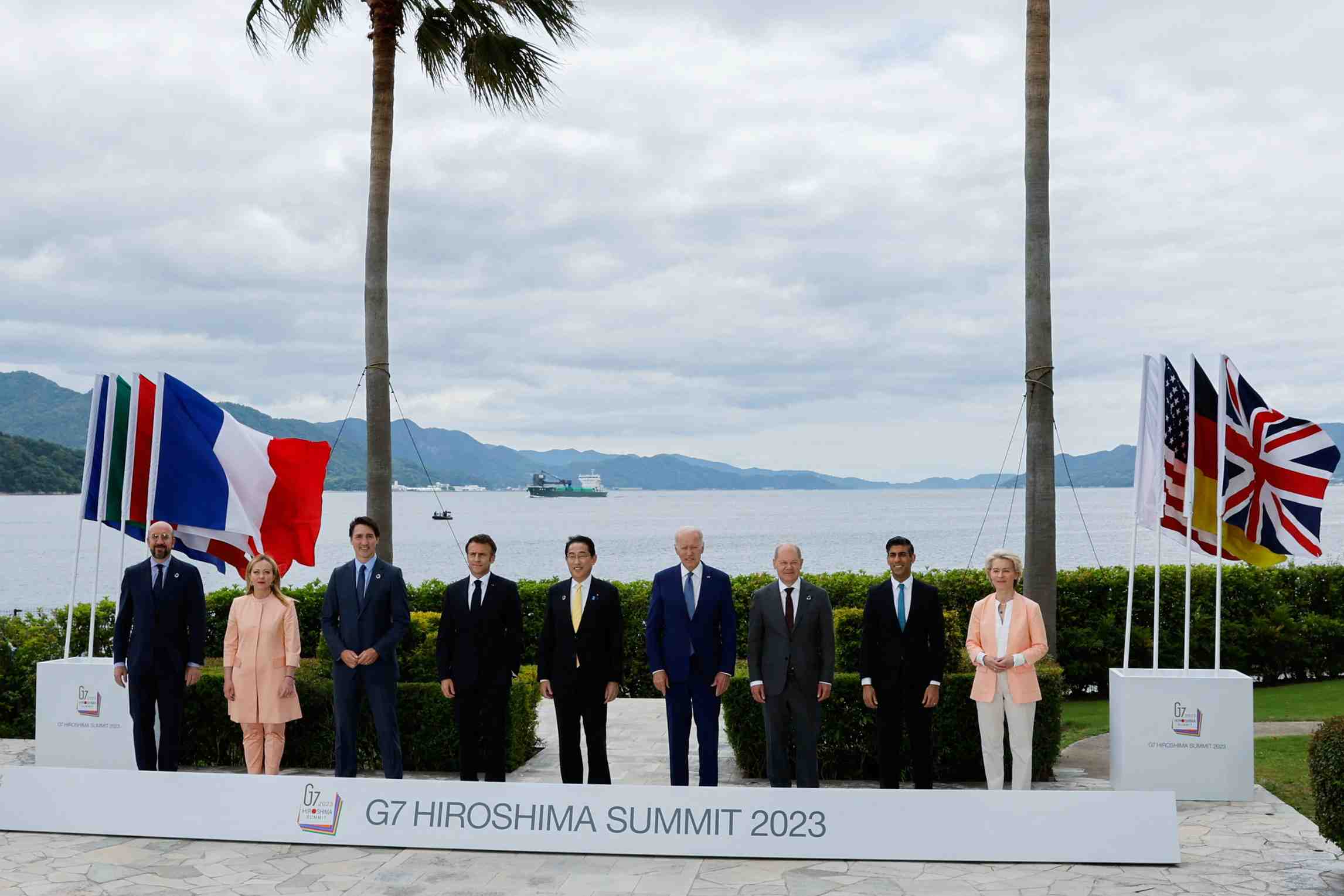
As the G7 wrapped up in Hiroshima on May 21, it's worth considering what it all meant for the environment and related themes going forward.
One agenda item was climate change and how best to address it. This theme also took on a particularly prominent role in Hiroshima, appearing in discussions on Environment, Clean Energy, Economic Security, and more.
Heightened attention also continued on biodiversity after the topic received prominent treatment at the April G7 Climate, Energy, and Environment Ministers meeting in Sapporo.
Key developments, such as the economic pressure caused by Russia's war in Ukraine, brought additional renewed urgency to the G7 discussion. Reliance on Russian energy was part of the problem. However, Beijing's "malign practices" and acts of economic coercion also came into sharper focus.
In the end, the G7 leaders issued a 40-page G7 Hiroshima Leaders' Communiqué on these and other issues.
What implications does it hold for the environment, and what should we be watching for in the coming months? Below is a summary of some of the key points from Japan's perspective.
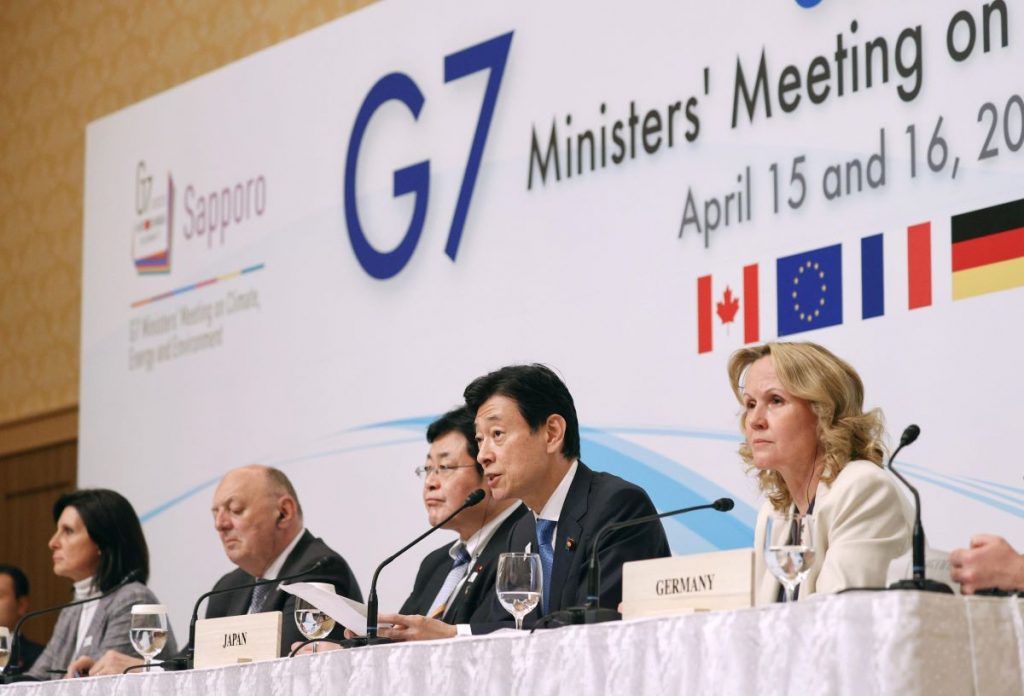
Committing to Net Zero by 2050
In a new development, G7 leaders also created a separate document on the theme of the environment at the Hiroshima Summit. It's called the Clean Energy Economy Action Plan.
Among its strong points, it stressed the importance of "moving forward united" towards "the goal of net zero by 2050 at the latest, in order to keep a limit of 1.5 C degrees temperature rise within reach."
The leaders' communiqué focused particularly on the Clean Energy Economy. It pledged "a collective increase in offshore wind capacity of 150GW [gigawatt] by 2030 based on each country’s existing targets and a collective increase of solar PV to more than 1TW [terawatt] by 2030."
It also highlighted the importance of low-carbon and renewable hydrogen and its derivatives such as ammonia in the energy transition. In addition, the seven leaders used the communiqué to renew their commitment to achieving a fully or predominantly decarbonized power sector by 2035. They agreed this includes prioritizing the phase-out of unabated coal generation.
In line with the environment ministers' statement in April, there was little consensus on ending the use of coal. This was highlighted by the message "We call on and will work with other countries to end new unabated coal-fired power generation projects globally as soon as possible."
Finally, the leaders said they recognized the importance of nuclear energy to "provide affordable low-carbon energy that can reduce dependence on fossil fuels."
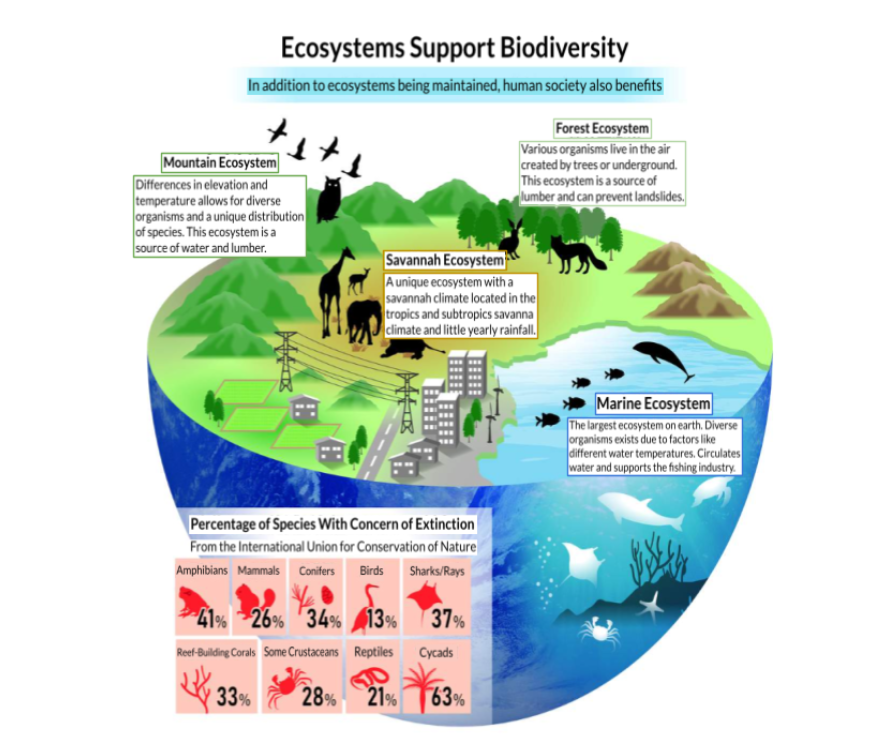
Steps Toward Decarbonization
Japan has been a large proponent of low-carbon solutions for reaching carbon neutrality, particularly when assisting countries in the Asian Pacific region. On May 31, Japan approved a law to extend the life of nuclear reactors to facilitate the country's green transformation.
Globally, since late 2022, the estimated output capacity by 2030 from existing and announced manufacturing projects is estimated to be up by 60% for solar photovoltaic (PV) and 25% for batteries, according to the International Energy Agency.
Yet, despite the increase, the road is still long ahead. According to a report by the International Renewable Energy Agency (IRENA) released in March, the "energy transition is off-track." It adds that more must be done in order to keep the average increase in temperatures by 1.5°C within reach.
"Although global investment across all energy transition technologies reached a record high of $1.3 trillion USD in 2022, the annual investment must more than quadruple to remain on the 1.5°C pathway," reads the report.
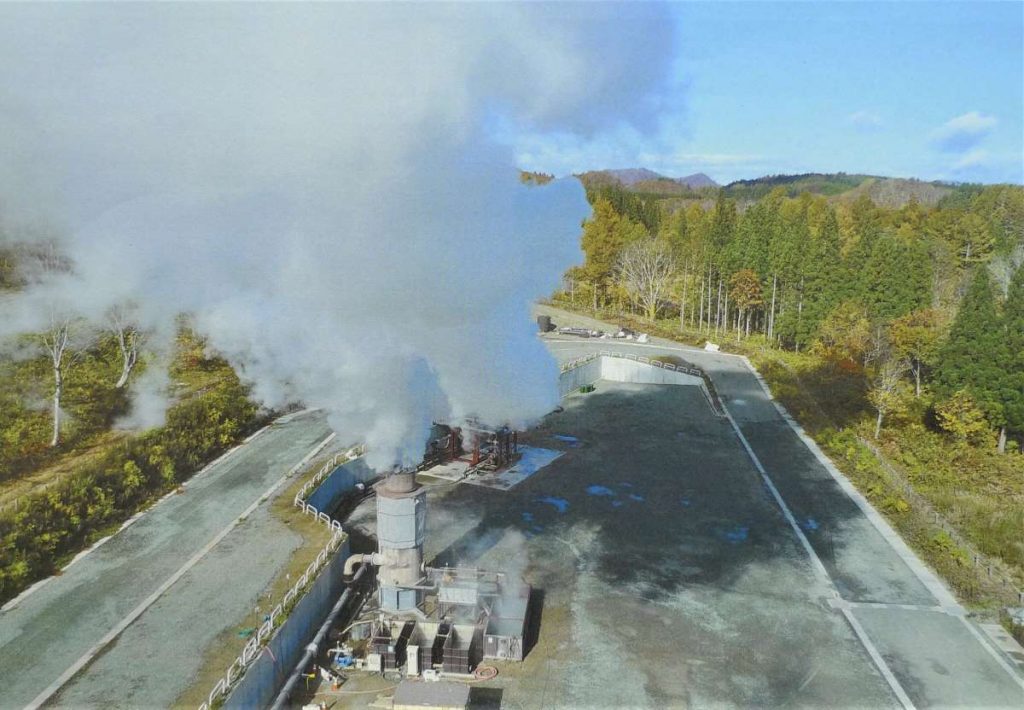
The Importance of Resilient Supply Chains, LNG Reliance
One key phrase that kept cropping up, again and again, was the following:
"We will pursue secure, resilient, affordable, and sustainable clean energy supply chains."
This was particularly repetitive in reference to "accelerating the phase-out of our dependency on Russian energy." For example, prior to Russia waging war on Ukraine in February 2022, Germany imported around half of its gas from Russia.
In the context of the energy crisis brought about by Russia's invasion of Ukraine, the joint communique highlights the "important role that increased deliveries of LNG [Liquid Natural Gas] can play, and acknowledged that investment in the sector can be appropriate."
Japan is still dependent on Russia for about 10% of its natural gas imports. The G7 communiqué thereby underscored the difficulty in divorcing from LNG energy sources.
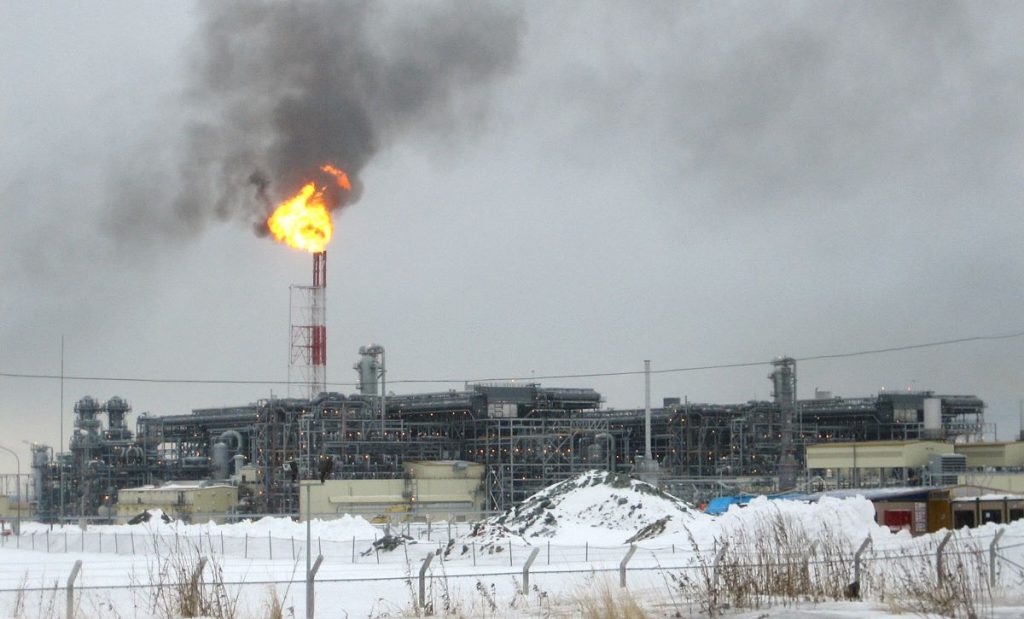
Another Viewpoint from NGOs
On the other hand, not everyone welcomed the G7's stance on LNG.
"One of the biggest fossil fuel threats today is coming from a rapidly expanding liquified natural gas (LNG) industry. Fossil gas is one of the most polluting forms of energy and in its liquefied form, its carbon emissions can be as bad as coal," said Tracy Carty, Global Climate Politics Expert at Greenpeace International in a statement.

Upcoming Schedule of Major Climate Events
As the war in Ukraine continues to put economic pressure on the global economy, it's expected that clean energy will continue to be a key topic in the coming months.
The International Energy Agency will be hosting its first-ever IEA Critical Minerals and Clean Energy Summit on September 28 in Paris.
The 2023 United Nations Climate Change Conference or Conference of the Parties of the UNFCCC, more commonly known as COP28, will take place in the United Arab Emirates in November and December 2023.
In the wider context of SDGs, the SDGs summit will take place in New York in September.






